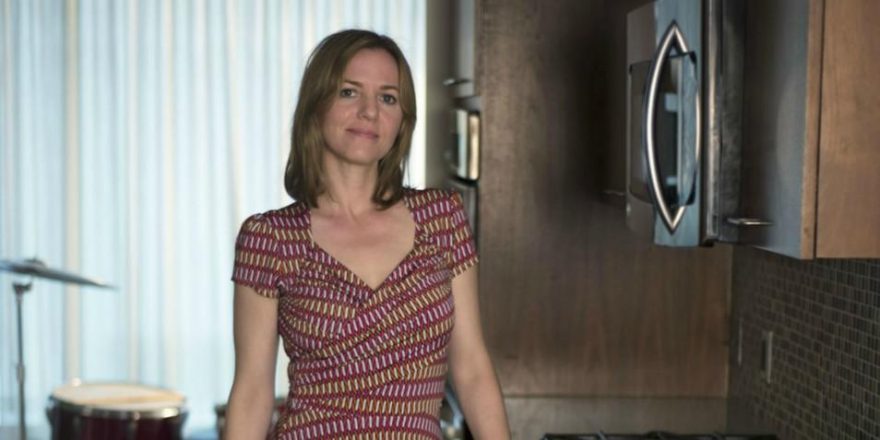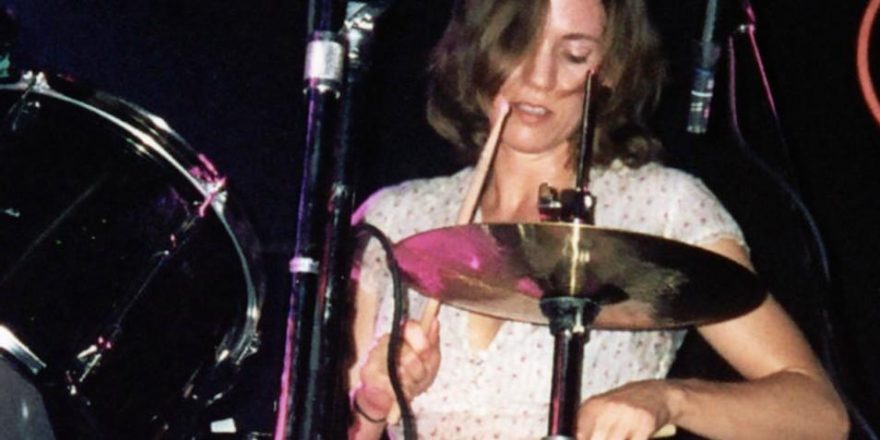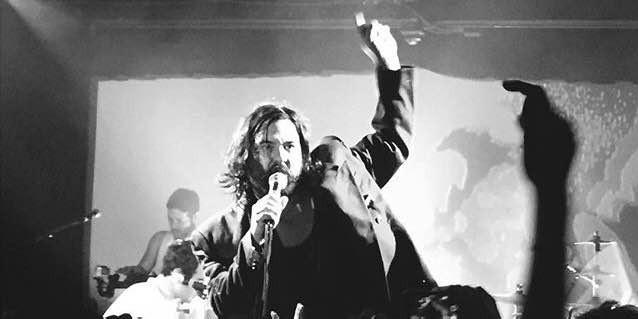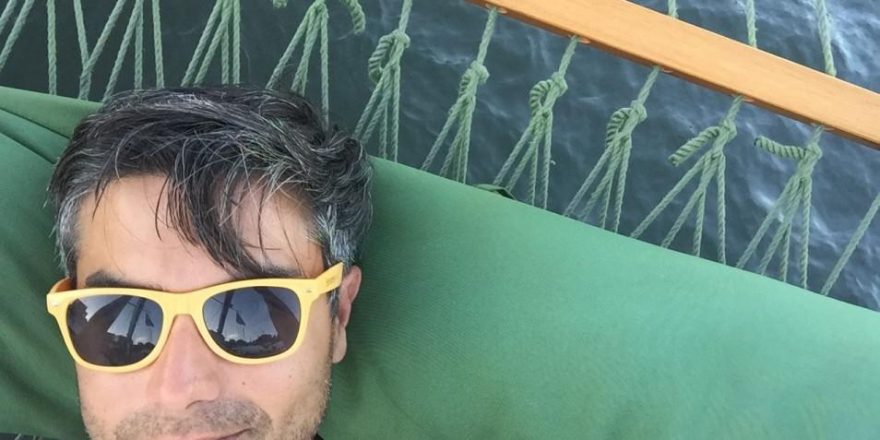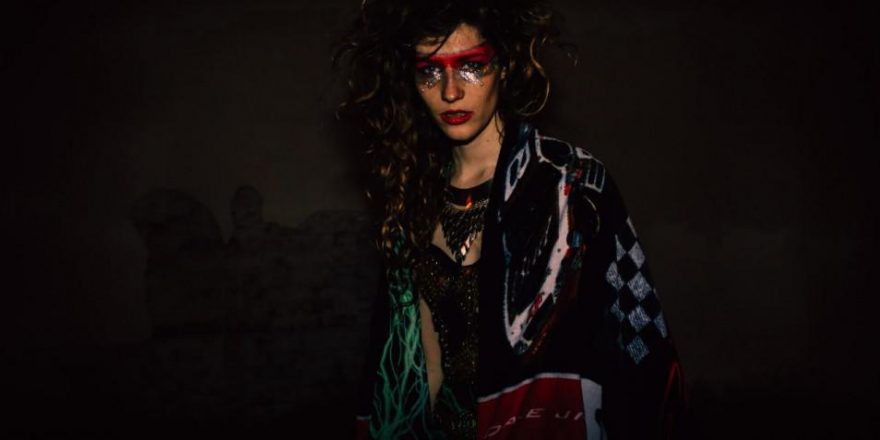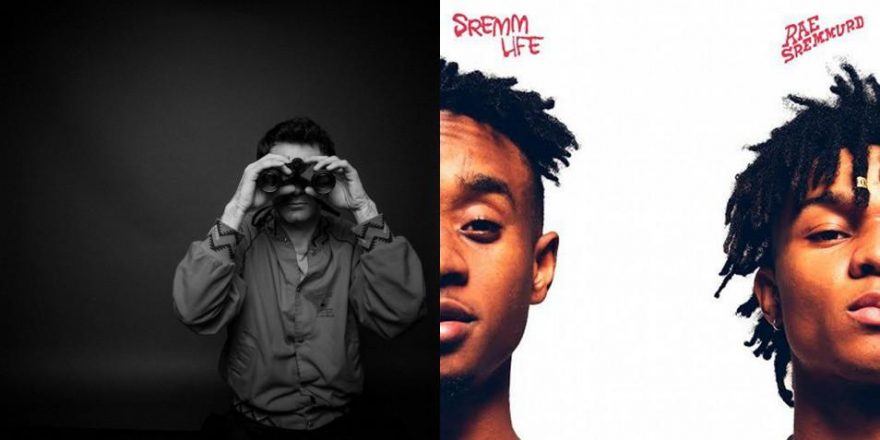Here’s the story as it was told to me: the Vulgar Boatmen had just finished a set at 7th Street Entry in Minneapolis, Minnesota. It was 1992. A couple of tipsy and enthusiastic fans approached the band. “Come to our party!” they said. “Thanks,” said the Boatmen. “No. We better not.” Nothing was less enticing to the Vulgar Boatmen in 1992 than a party with drunken strangers.
“Oh, come on,” said the fans. “We have two cakes.”
Now that was a different matter. A ripple of interest circulated through the band. Not one, but two cakes. “Well…” they said.
Soon it was agreed that they would follow the fans to this party.
It was a long drive into the wilds of suburban Minneapolis, but imagine the anticipation. What kind of cakes would they be? Two different types? Homemade or bakery-made? And what kind of scene were they heading into, anyway? Who gathers to eat cake at two in the morning? How promising.
At last, they reached a big party in full swing: people swaying, clutching plastic cups. After a few minutes the exhausted but hopeful band made inquiries: “So. Where’s the cake? You said you had two cakes.”
The fans burst into laughter. “Kegs,” they said. “We have two kegs.”
The hearts of the Boatmen collectively fell. I assume their hearts are falling still.
Food is critical when you’re on the road. I interview musicians about food and I ask them questions I know they’ll have ready answers to, such as how to assemble a meal at a truck stop (Wanda Jackson: beef jerky, powdered donuts and a Coke. Joey Santiago of the Pixies: trail mix, but it’s gotta have almonds). I ask these questions because I like to compare notes. I’ve spent time thinking about this stuff (Cliff bar and a large hot tea for me). My food/rock memoir, Red Velvet Underground, describes how my mental map of the U.S consists of a constellation of rock clubs and restaurants. Even though my touring years are behind me, that map is still the point of reference when I talk to other musicians: the long brutal staircase at Gabe’s Oasis in Iowa City, Iowa; the old-fashioned switchboard at Hotel Congress in Tucson, Arizona; the heroic stage crew at Cabaret Metro in Chicago, Illinois; the Gatsby-esque proprietor at the Blue Note in Columbia, Missouri; pie at the Norske Nook in Wisconsin; breakfast at the Grit in Athens, Georgia; a late-night Grand Slam at the Rock & Roll Denny’s on Sunset Boulevard in Los Angeles, California; and, my eternal favorite, pizza in New York. Joe’s, Ray’s — it’s all good, and all superior to anything you can get anywhere else. (Sorry, Chicago. I love you, but…)
Most everybody loves food and music, and there have always been writers on either subject, but I’ve stumbled into the unlikely role of food and music writer. Food and music have been central interests of mine all my life, and without consciously planning to combine them, the two interests have woven themselves together in my writing. In her introduction to The Gastronomical Me, M.F.K. Fisher answers the question “Why write about food?” by insisting that the longing for food is “so mixed and mingled and entwined” with other basic needs that writing about food is also “writing about love and the hunger for it, and warmth and the love of it and the hunger for it…and then the warmth and richness and fine reality of hunger satisfied…and it is all one.”
I agree. And music is easily drawn into this mix of entwined hungers and needs. I have found the intersection of food and music all over my life story, but they’re entirely inseparable in the realm of touring. The rock tour is all about music, of course, but it’s all about food, too. Just as much so. Sometimes more so. What inspires an exhausted band to drive that extra hour after a gig?
Two cakes.
Another question: Why is it utterly soul-crushing to be handed a sad, battered “band menu”? The band menu is a list of limited options presented by the venue, consumed while paying customers tuck into the salmon and other lovely entrées not available to you. You’ve been in a van all day; this is likely your only hot meal until dinner tomorrow. Among the limited options, one will undoubtedly be the dish that Chuck Prophet of Green on Red dubbed “gigatoni,” a crappy plate of pasta drenched in cheap, sugary red sauce. I’ve had it many times. My longtime collaborator Juliana Hatfield describes one of these meals in her excellent memoir, When I Grow Up. We were in St. Louis on the final night of a tour with our band Some Girls, despairing over plates of gigatoni.
“There’s no love in this food,” said Juliana.
“I think there might actually be some hate in mine,” I replied.
When there is love in the food, it’s magical, like when you had a bad cold and your grandma cured you with homemade chicken soup. A nice meal on tour can soothe the psychic and physical injuries of a long drive or a rough gig the night before. It can unite and cheer an irritable band. It can mean the difference between a lackluster show and an inspiring show. Before another last gig on a long tour, Juliana and I sat slumped and empty backstage after sound check, when what should appear in our hands but bowls of perfectly prepared lentils and spinach, seasoned with balsamic vinegar, drizzled with olive oil. I know it doesn’t sound like much, but it was everything. We came back to life.
I can’t overstate the power of this love-in-the-food thing. The Norske Nook is a legendary roadside stop, an oasis on the long drive from Chicago to Minneapolis, known mainly for their pie. The Nook has engendered devotion in musicians for decades. In The Norske Nook Book of Pies and Other Recipes, we read that country star Randy Travis wrote a long letter to the Nook, thanking them for their pie, saying that only his “mother’s was better” and that it “reminded him of home.”
Non-musicians might assume that the rock tour is a site of freedom and excess. And there’s something to that, even with regard to food. Tanya Donelly claims that when she’s home she misses “the lawlessness of road eating. Powdered cheese-covered popcorn for lunch, for instance.” Yet the rock tour is equally a site of deprivation, with days often unfolding in a sequence of events beyond one’s control. This might explain Randy Travis’s heartfelt letter, and might also explain why I once spent the greater part of a long afternoon’s drive talking to my bass player and merchandise guy about what we wanted to cook when we got home. Merch guy was vegan, so we kept our longings plant-based: coconut curry, toast with vegan spread and nutritional yeast, millet. When forced to take what one gets from day to day, the simple, reliable comforts of home can take on a glamorous sheen: Robbie Fulks misses apples and green salads. Nora O’Connor misses her homemade olive oil and lemon juice vinaigrette. I miss millet.
As M.F.K. Fisher writes, it’s impossible to separate the subject of security from the subject of hunger. Eating food on tour (and talking about food on tour) can help to bolster a sense of control and stability while the situation around you is constantly changing. You might compare it to stories about prisoners of war reciting recipes in the barracks at night as a tactic to maintain sanity and a sense of identity. OK — being on tour isn’t the same as being a prisoner, usually, but there is an underlying similarity here: food is a powerful way of maintaining a sense of self in unfamiliar, unstable or even treacherous surroundings. You are not only what you eat, but what you don’t eat, what you can’t eat and what you wish you could eat.
But the best aspect of touring for me was not the maintenance of my sense of self, but the ways in which my sense of self was unraveled and expanded. Food was key to this process. My first Ethiopian meal was in Washington, D.C., my first Indian meal on East Sixth Street in New York, my first California-style burrito in the Mission in San Francisco and my first frozen custard in Milwaukee, Wisconsin. During a pit stop in New Mexico, I came across my first tamale truck. I was in my thirties; it was about time I tried tamales. I bought a couple of them, green chili and cheese in a thin paper bag with a little plastic tub of salsa. It turned out to be the most memorable snack of my life. They tasted like the very air around me: hot and sweet and faintly smoky (“terroir” was a word I’d learn much later). That brief, unexpected moment is stamped on me permanently. Tamales are one of my favorite foods now, but no tamale will ever be like those tamales in that place.
Or at that time. That was yet another meal marking the end of a tour. Why are endings easier to remember than beginnings and middles? The end of an affair, the end of a book, the last day of school and the end of a tour — the moment it dawned on you that the weird adventure is over and you are heading home to civilian life, to all the apples and salad and millet and people you’ve been missing. And smack in the middle of that realization is this one: you’re just about to walk into a whole new set of things to miss. Among them, these annoying but beloved bandmates, the songs you can finally play without thinking, this stinky van. And that pizza. If it’s ten years later and you are still sighing for that perfect slice, I think we can assume that this feeling is about a great deal more than pizza.
Food is almost always more than simple sustenance, and for a touring musician that’s surely the case. Much is at stake in the choice between kegs and cakes. We all know the appealing myth of the wild rock star on the road, and it’s fair to allow that the drive to intoxication in all its forms is a kind of hunger, but this hunger doesn’t cut as deep for most of us, who will never be enough under the influence of anything to scale a roof and proclaim, “I am a golden god!”
I’ll close, then, with a quieter proclamation, from an admittedly unlikely spokesperson for all musicians: We don’t care about your kegs of beer. Beer is fine and good, but we work in bars; beer flows plentifully, and it’s no more exciting than that anonymous truck-stop beef jerky we ate for lunch. What we’d like is a meal. A bowl of lentils, a bag of tamales, a slice of pie. Or a cake. Better still: two cakes.



